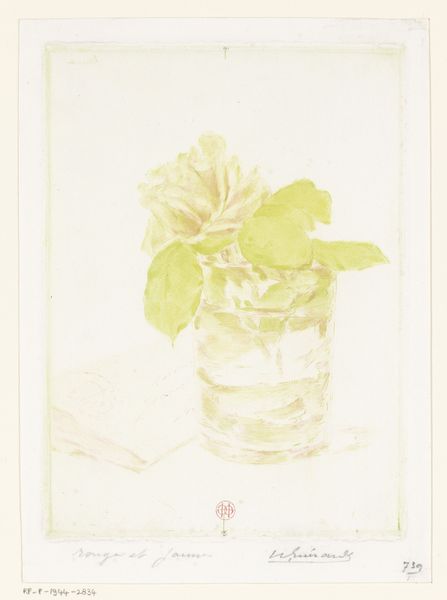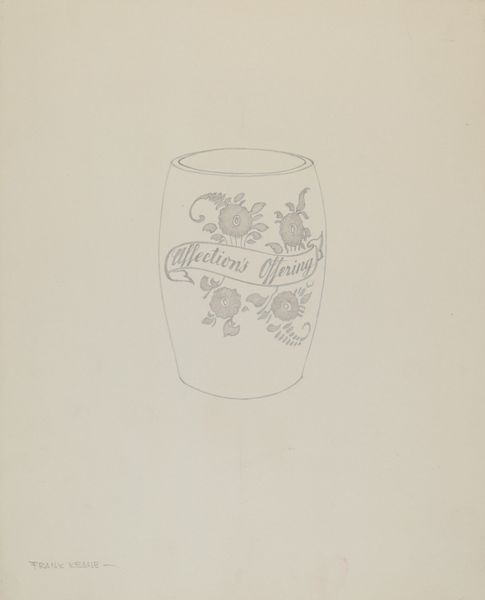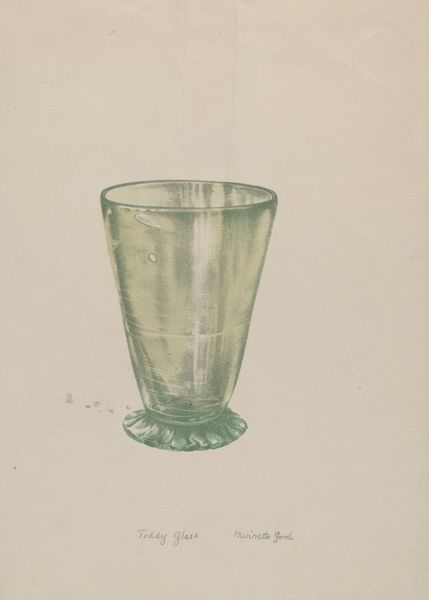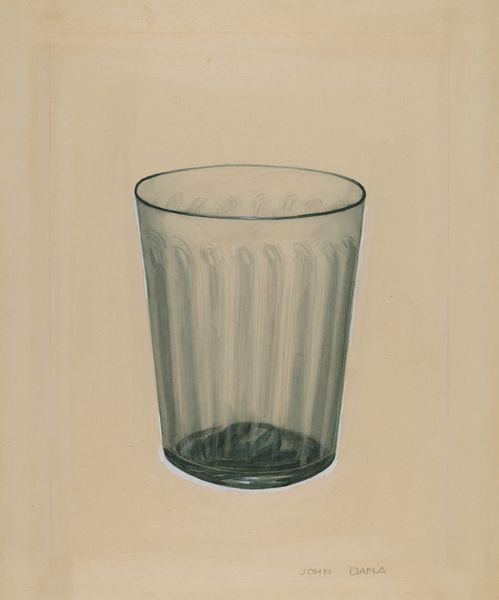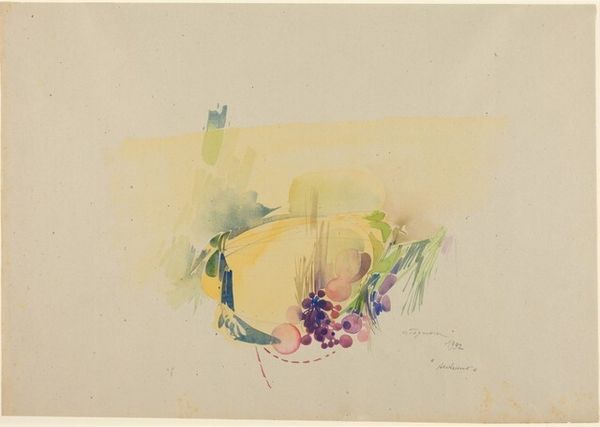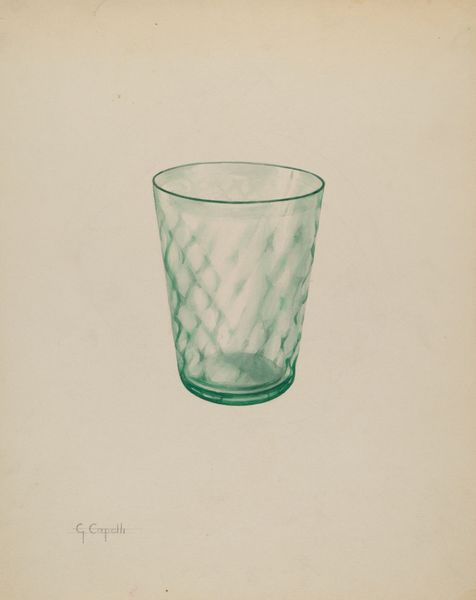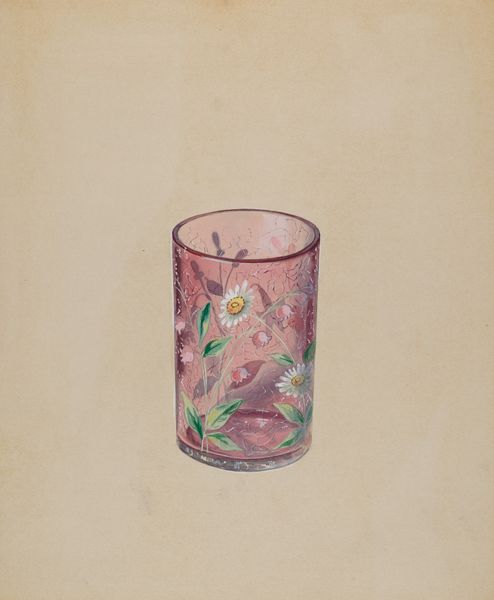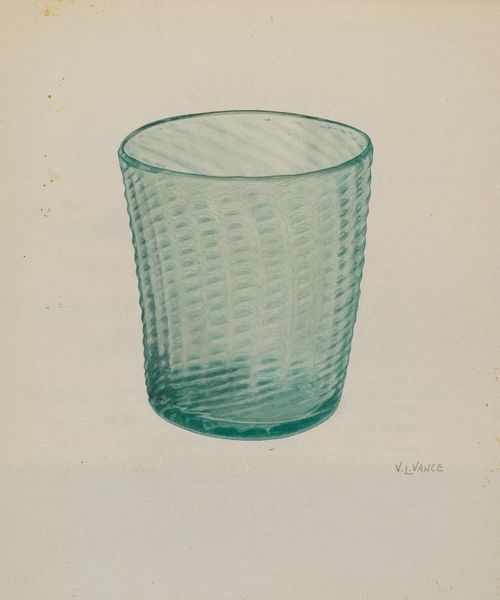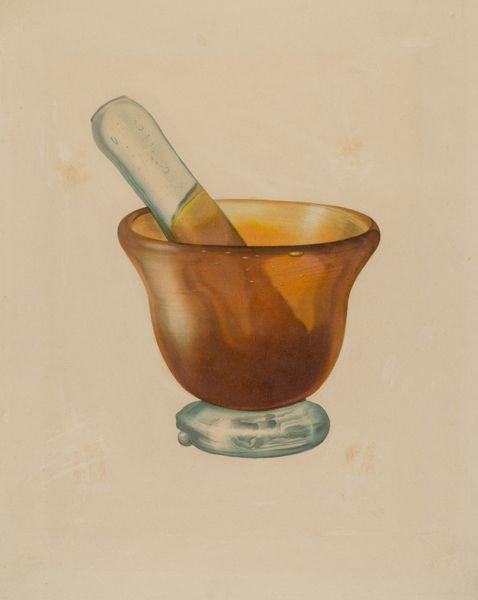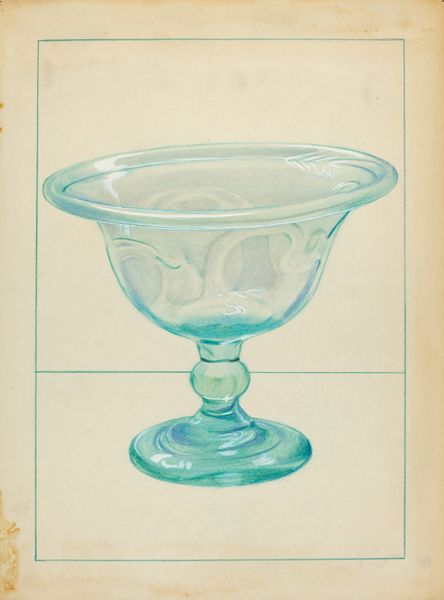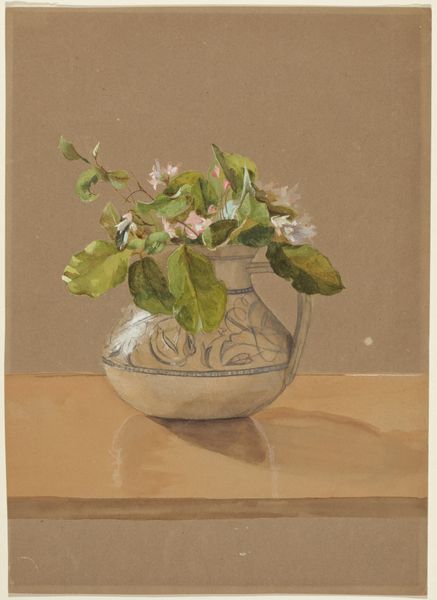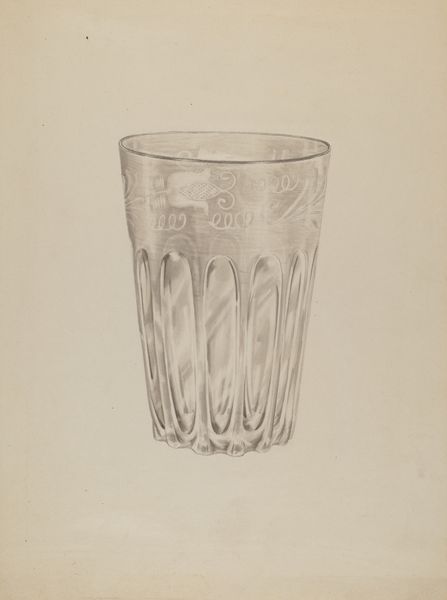
painting, paper, watercolor
#
painting
#
impressionism
#
vase
#
paper
#
watercolor
#
watercolor
Dimensions: height 186 mm, width 136 mm
Copyright: Rijks Museum: Open Domain
Editor: Here we have Henri-Charles Guérard's "Brief naast een vaas met roos," which translates to "Letter next to a vase with rose," likely made sometime between 1856 and 1897. It's a delicate watercolor on paper, and something about its simplicity feels so intimate. How do you approach interpreting this work? Curator: Well, the material itself speaks volumes. Watercolor on paper, especially in this era, suggests a certain intimacy and accessibility. The choice to depict everyday objects like a rose and a letter draws our attention to the social rituals surrounding communication and domesticity. I see the artist foregrounding both labor and consumption here: paper production, the manufacture of pigments, glass production for the vase... What can all this tell us about class and society? Editor: That's fascinating! I hadn't considered the socio-economic implications of something that appears so straightforward. How does the Impressionist style influence your view? Curator: The perceived spontaneity of Impressionism can obscure the labor involved in producing that aesthetic. These artists, like Guérard, still participated in a marketplace governed by the demands of patrons. Consider what that would mean for this subject. Is the rose simply a beautiful thing, or is its depiction a product responding to market forces and societal desires? Editor: So, instead of seeing a romantic scene, we can also analyze how the artist participated in a consumer culture through the sale of his art. Curator: Precisely! And to what extent did that impact his subject choices and manner of depiction? How does something like that compare to what we might value about "art" today? Editor: Wow, this really shifts my perception. I'll never look at a still life the same way again! It makes you think about how art production and consumption are always intertwined with social structures. Curator: Indeed! Questioning the materials, process, and social context helps us unravel the complex relationship between art, labor, and value.
Comments
No comments
Be the first to comment and join the conversation on the ultimate creative platform.
